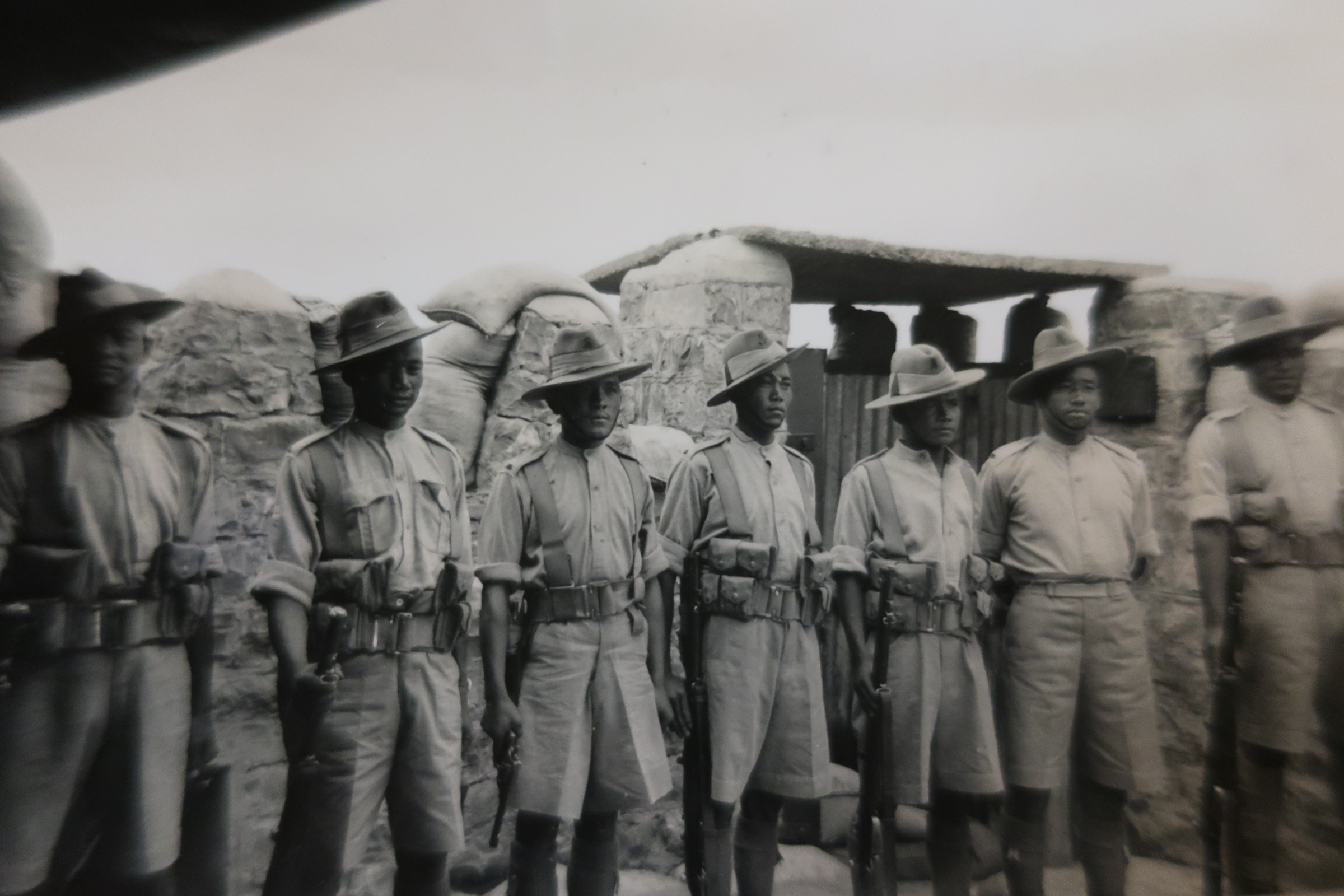This post is part of our ‘mountain research spotlights’ series, sharing the work and insights of colleagues working on mountains across the humanities (and beyond).
Name and institution: Jonathan Westaway, University of Central Lancashire
Research summary: I am a cultural and environmental historian. My research focusses on imperial cultures of exploration in both polar and mountain environments. My recent research has examined British imperial governance, knowledge practices and leisure cultures in Highland Asia and Central Asia c.1850–1947 and their representation in travel writing, photography and film. I’m currently working on a research project looking at Mount Everest, focussing on the hidden histories of indigenous high-altitude workers like Sherpas.
Do you define yourself as working within the mountain humanities / mountain studies?
Yes. I would describe myself as a cultural and environmental historian of mountain and polar environments. My work is interdisciplinary and theoretically informed by insights from anthropology, geography, visual and literary studies. Most of my research is focussed on the 19th and 20th centuries, with a specialism in British imperial cultures of exploration and knowledge making in the Himalaya and Central Asia, but I have also recently published work on early modern science, place making and folklore in the circumpolar Arctic.
I’m currently PI on an AHRC research network called Other Everests: Commemoration, Memory and Meaning and the British Everest Expedition Centenaries, 2021-2024. The network is interdisciplinary and is designed to work with curators, archivists and communities of interest like the mountaineering community. One of the objectives of the network was to use Everest’s status as a boundary object to break down disciplinary silos, and to reach out and develop working relationships with grassroots organizations in the Greater Himalaya region. We are currently preparing an AHRC follow-on funding bid for impact and engagement that will develop a digital Everest exhibition for 2024 focussing on the contribution of indigenous high-altitude workers. The exhibition will be co-curated with The Confluence Collective, Kalimpong, and Archive Nepal, with project partners the RGS-IBG, the National Trust and the Kendal Mountain Festival.
I am also a 2022 RGS-Wiley Digital Research Fellow, undertaking a project called Encountering the indigenous body in the Himalayan Borderlands: Gurkhas, Sherpas, and the embodied construction of ‘Martial’ and ‘Mountain’ Races in British India, 1890-1947. This project involves visual methods research with archival photographs as well as micro-historical approaches to the lives and careers of late imperial military and colonial officials in British India. Both of these projects have led to important conversations with archivists about how we deal with the erasures apparent in legacy imperial era archives.

Can you tell us about one of your publications in this area of study?
‘That Undisclosed World: Eric Shipton’s Mountains of Tartary (1950)’, Studies in Travel Writing special issue on Xinjiang, Vol. 18 (4), 2014, 357-373. Eric Shipton was an accomplished Himalayan mountaineer of the 1930s, but also worked with the Survey of India in the geopolitically sensitive border regions of the Karakoram. This resulted in his two postings as British Consul-General in Kashgar in the 1940s. His book Mountains of Tartary (1950) recounted his mountaineering exploits and travels in the region, but details of his diplomatic work are almost entirely absent from the book, as he was prevented from publishing anything that revealed the details of his role in Great Game politics in Chinese Central Asia. The article examines the rhetorical strategies Shipton employed in writing a book in which so much had to remain undisclosed.
I’ve chosen to share this article because it demonstrates my interest in resituating mountaineering narratives within much broader debates about colonial governmentality and imperial knowledge making, surveillance and control. The article is about how imperial subjects rendered Asia visible and themselves invisible. It forms part of a broader body of work concerned with the ways in which travel writing, photography and film were used by the imperial security state for both surveillance and deception.
NB: Photograph of Jonathan Westaway is copyright Billy Frank.

